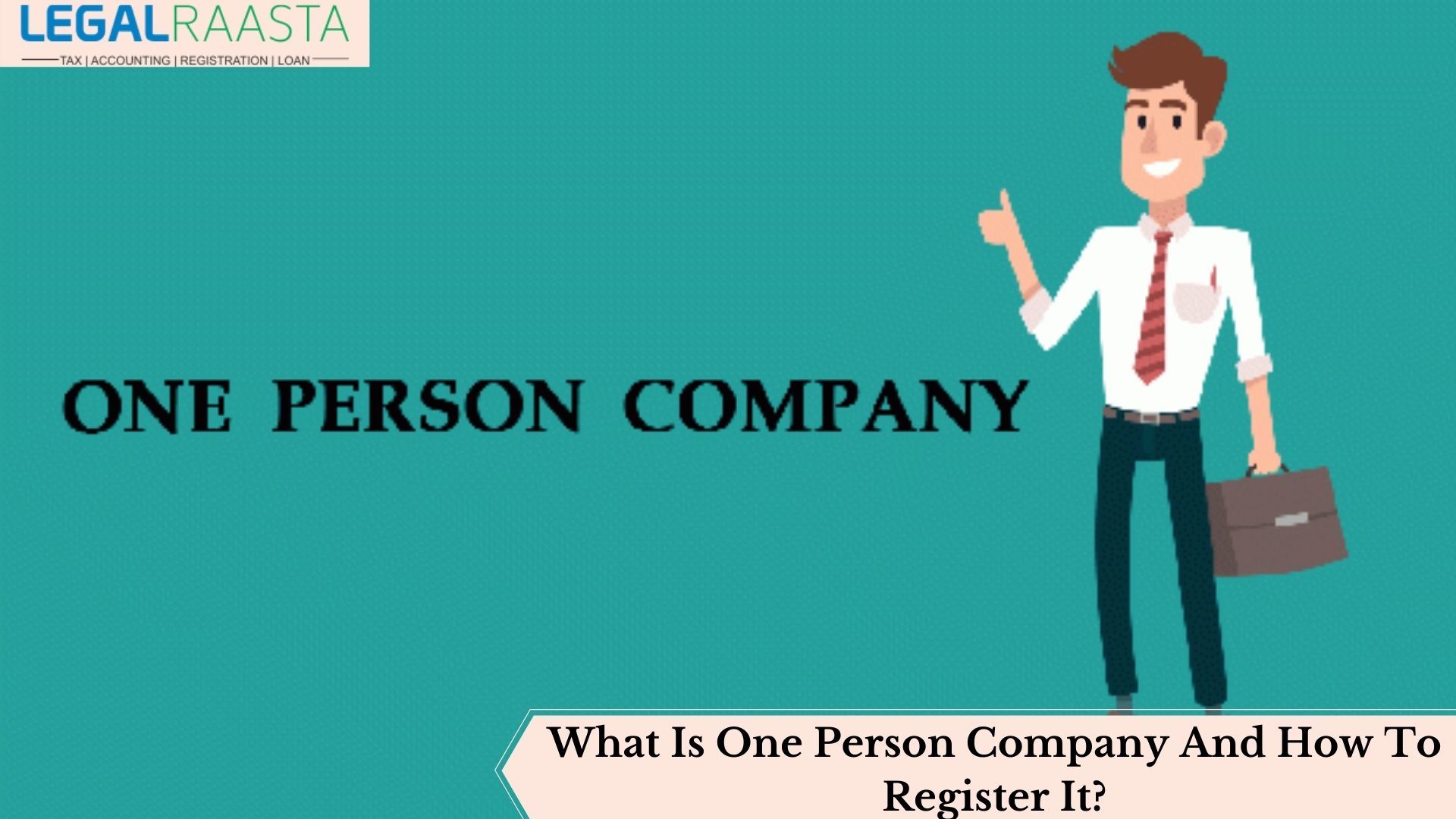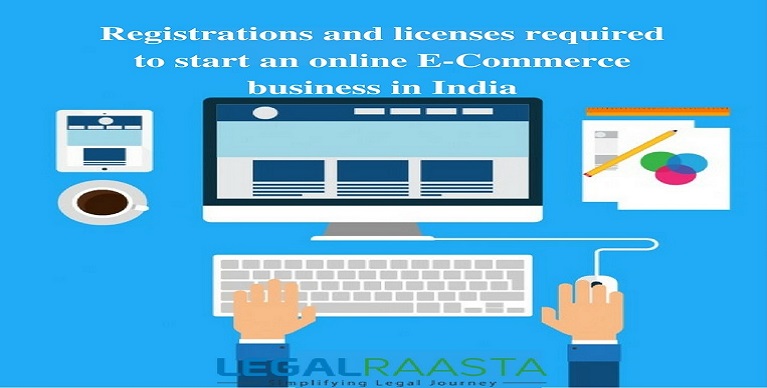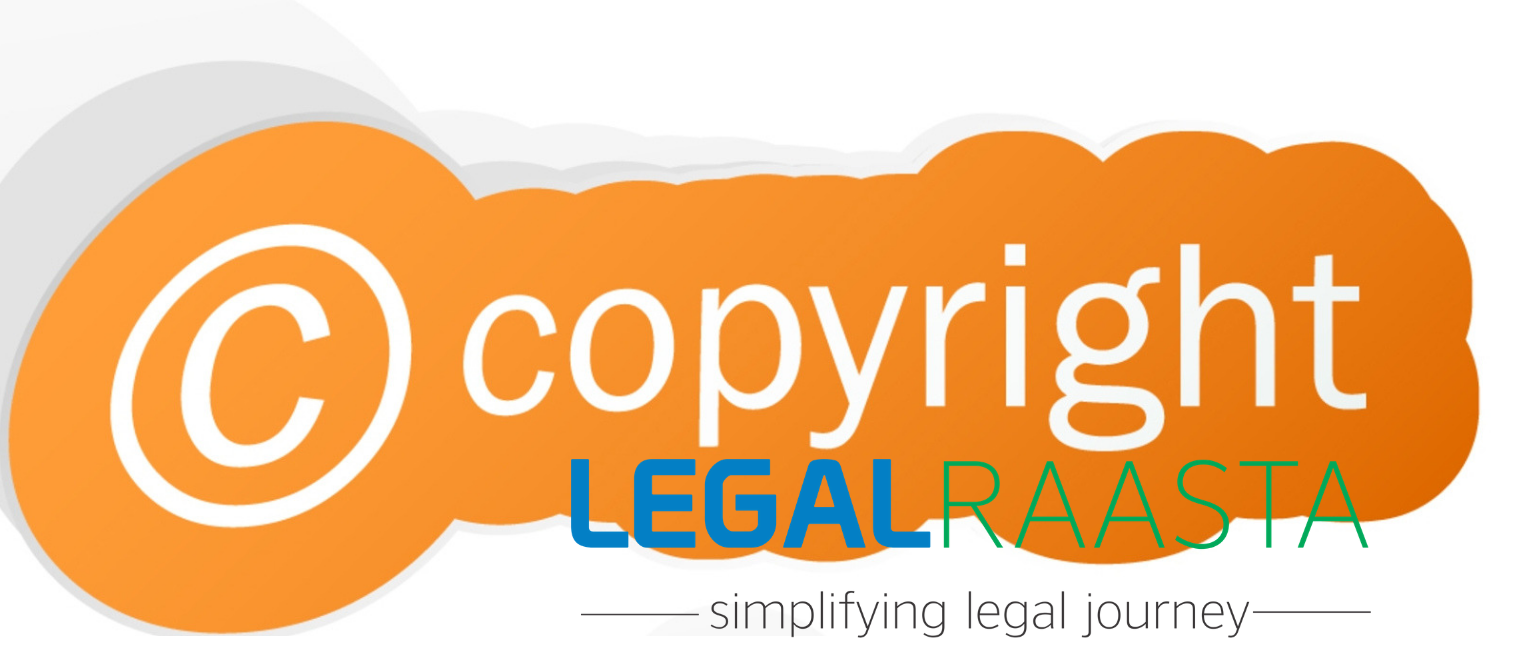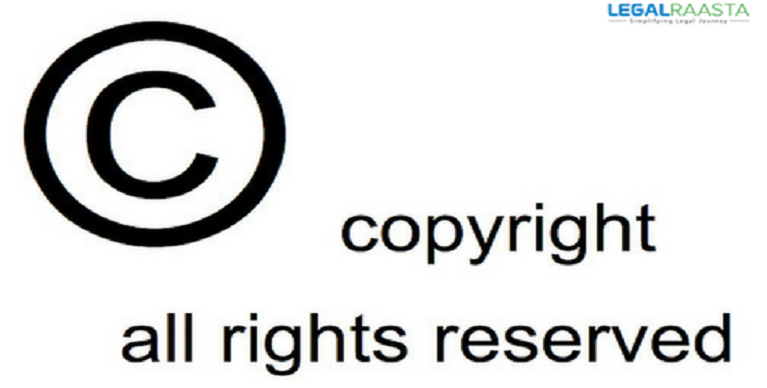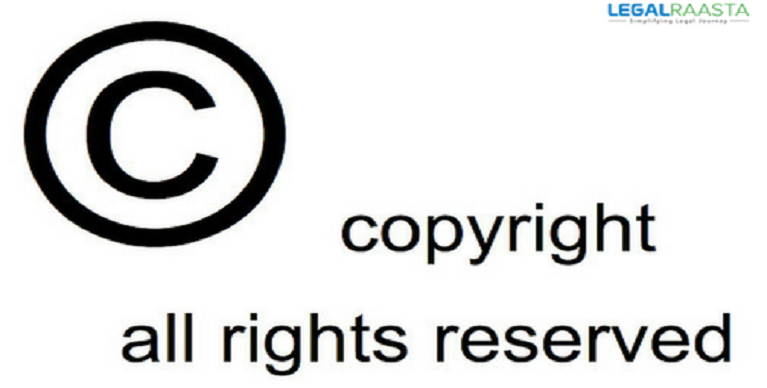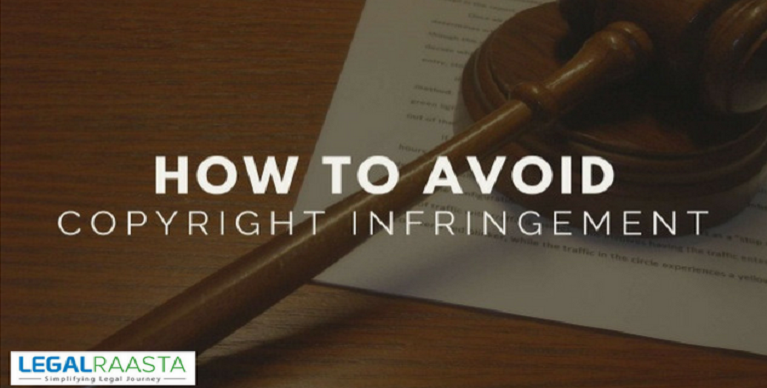What Is One Person Company And How To Register It?
The Companies Act, 2013 totally altered corporate laws in India by presenting a few new ideas that didn’t exist already. On such distinct advantage was the presentation of One Person Company idea. This prompted the acknowledgment of a totally better approach for beginning organizations that agreed adaptability which an organization type of substance can offer, while additionally giving the assurance of restricted risk that sole ownership or associations needed.
A few different nations had effectively perceived the capacity of people framing an organization before the sanctioning of the new Companies Act in 2013. These incorporated any semblance of China, Singapore, UK, Australia, and the USA.
Meaning of One Person Company
Section 2(62) of Companies Act defines one person company as an organization that has just a single individual with respect to its part. Besides, individuals from an organization are only endorsers of its notice of affiliation, or its investors. In this way, an OPC is adequately an organization that has just a single investor as its part.
Such organizations are for the most part made when there is just one organizer/advertiser for the business. Business visionaries whose organizations lie in beginning phases like to make OPCs rather than sole ownership business on account of the few benefits that OPCs offer.
Difference among OPCs and Sole Proprietorships
It may seem like that one person company and sole proprietorship is the same thing but it isn’t. A sole ownership type of business may appear to be very much like one-individual organizations since the two of them include a solitary individual claiming the business, however they’re really exist a few contrasts between them.
The fundamental distinction between the two is the idea of the liabilities they convey. Since an OPC is a different lawful substance recognized from its advertiser, it has its own resources and liabilities. The advertiser isn’t actually obligated to reimburse the obligations of the organization.
Then again, sole ownerships and their owners are similar people. Thus, the law permits connection and offer of advertiser’s own resources in the event of non-satisfaction of the business’ liabilities.
Highlights of a One Person Company
Here are some broad highlights of a one-individual organization:
- Privately owned business: Section 3(1)(c) of the Companies Act says that a solitary individual can shape an organization for any legal reason. It further depicts OPCs as privately owned businesses.
- Single-part: OPCs can have just a single part or investor, in contrast to other privately owned businesses.
- Candidate: A novel component of OPCs that isolates it from different sorts of organizations is that the sole individual from the organization needs to make reference to a chosen one while enlisting the organization.
- No unending progression: Since there is just a single part in an OPC, his passing will bring about the candidate picking or dismissing to turn into its sole part. This doesn’t occur in different organizations as they follow the idea of ceaseless progression.
- Least one chief: OPCs need to have least one individual (the part) as chief. They can have a limit of 15 chiefs.
- No base settled up share capital: Companies Act, 2013 has not endorsed any sum as least settled up capital for OPCs.
Uncommon advantages: OPCs appreciate a few advantages and exclusions under the Companies Act that different sorts of organizations don’t have.
Arrangement of One Person Companies
A solitary individual can shape an OPC by buying in his name to the update of affiliation and satisfying different prerequisites recommended by the Companies Act, 2013. Such update should state subtleties of a chosen one who will turn into the organization’s sole part in the event that the first part kicks the bucket or gets unequipped for going into authoritative relations.
This update and the candidate’s agree to his designation ought to be documented to the Registrar of Companies alongside a utilization of enrollment. Such chosen one can pull out his name anytime by accommodation of essential applications to the Registrar. His designation can likewise later be dropped by the part.
Participation in One Person Companies
Just regular people who are Indian residents and occupants are qualified to shape a one person company in India. A similar condition applies to candidates of OPCs. Further, a particularly regular individual can’t be a part or chosen one of more than one OPC anytime.
It is imperative to take note of that lone common people can become individuals from OPCs. This doesn’t occur on account of organizations wherein organizations themselves can claim shares and be individuals. Further, the law disallows minors from being individuals or chosen people of OPCs.
Transformation of OPCs into different Companies
Rules directing the arrangement of one-individual organizations explicitly limit the transformation of OPCs into Section 8 organizations, for example organizations that have altruistic goals. OPCs additionally can’t intentionally change over into different sorts of organizations until the expiry of a long time from the date of their consolidation.
Advantages of One Person Companies
Following are the advantages of one person company:
• They don’t need to hold yearly regular gatherings.
• Their budget reports need exclude income proclamations.
• An organization secretary isn’t needed to sign yearly returns; chiefs can likewise do as such.
• Arrangements identifying with autonomous chiefs don’t have any significant bearing to them.
• Their articles can accommodate extra reason for get-away of a chief’s office.
• A few arrangements identifying with gatherings and majority don’t make a difference to them.
• They can pay more compensation to chiefs than contrasted with different organizations.
One Person Company (OPC): Process of Registration
Following are the steps for one person company registration and rules:
Stage 1: Apply for DSC * Step 2: Apply for DIN * Step 3: Name Approval Application Step 4: Documents Required Step 5: Filing Forms with MCA Step 6: Issue of authentication of Incorporation * For Name accessibility under RUN Web administration, there is no earlier prerequisite to get DSC and DIN. It very well may be finished with account login on MCA entry.
1. Apply for DSC: The initial Step is to acquire the Digital Signature Certificate (DSC) of the proposed Director which required the accompanying reports:
Address Proof +
Aadhaar card
Container card
Photograph
Email Id
Telephone Number
2. Apply for DIN: Once the Digital Signature Certificate (DSC) is made, the following stage is to apply for the Director Identification Number (DIN) of the proposed Director in SPICe Form alongside the name and the location verification of the chief. Structure DIR-3 is the alternative just accessible for existing organizations. It implies with impact from January 2018, the candidate need not document Form DIR-3 independently. Presently DIN can be applied inside SPICe structure for up to three chiefs.
3. Name Approval Application: The subsequent stage while joining an OPC is to settle on the name of the Company. The name of the Company will be as “ABC (OPC) Private Limited”.
There are 2 choices accessible for getting name endorsed by making application in Form SPICe 32 or by utilizing RUN Web administration of MCA by giving just 1 favored name alongside the meaning of keeping that name. Be that as it may, with impact from March 23, 2018, Ministry has chosen to allow two proposed Names and one re-accommodation (RSUB) while saving Unique Names (RUN Service) for the Companies.
When the name is affirmed by the MCA we proceed onward to the following stage.
4. Archives Required: We need to set up the accompanying reports which are needed to be submitted to the ROC:
a. The Memorandum of Association (MoA) which are the items to be trailed by the Company or expressing the business for which the organization will be joined.
b. The Articles of the Association (AoA) which sets out the by-laws on which the organization will work.
c. Since there is just 1 Director and a part, a chosen one in the interest of such individual must be delegated on the grounds that in the event that he gets debilitated or passes on and can’t play out his obligations the candidate will perform for the benefit of the chief and have his spot. His assent in Form INC – 3 will be brought with his PAN card and Aadhar Card.
d. Confirmation of the Registered office of the proposed Company alongside the evidence of proprietorship and a NOC from the proprietor.
e. Revelation and Consent of the proposed Director of Form INC – 9 and DIR – 2 resp.
f. A revelation by the expert guaranteeing that all compliances have been made.
5. Recording of structures with MCA: All these reports will be connected to SPICe Form, SPICe-MOA and SPICe-AOA alongside the DSC of the Director and the expert, and will be transferred to the MCA site for endorsement. The Pan Number and TAN is created consequently at the hour of consolidation of the Company. There is no compelling reason to document separate applications for getting PAN Number and TAN.
6. Issue of the testament of Incorporation: On check, the Registrar of Companies (ROC) will give a Certificate of Incorporation and we can initiate our business.

